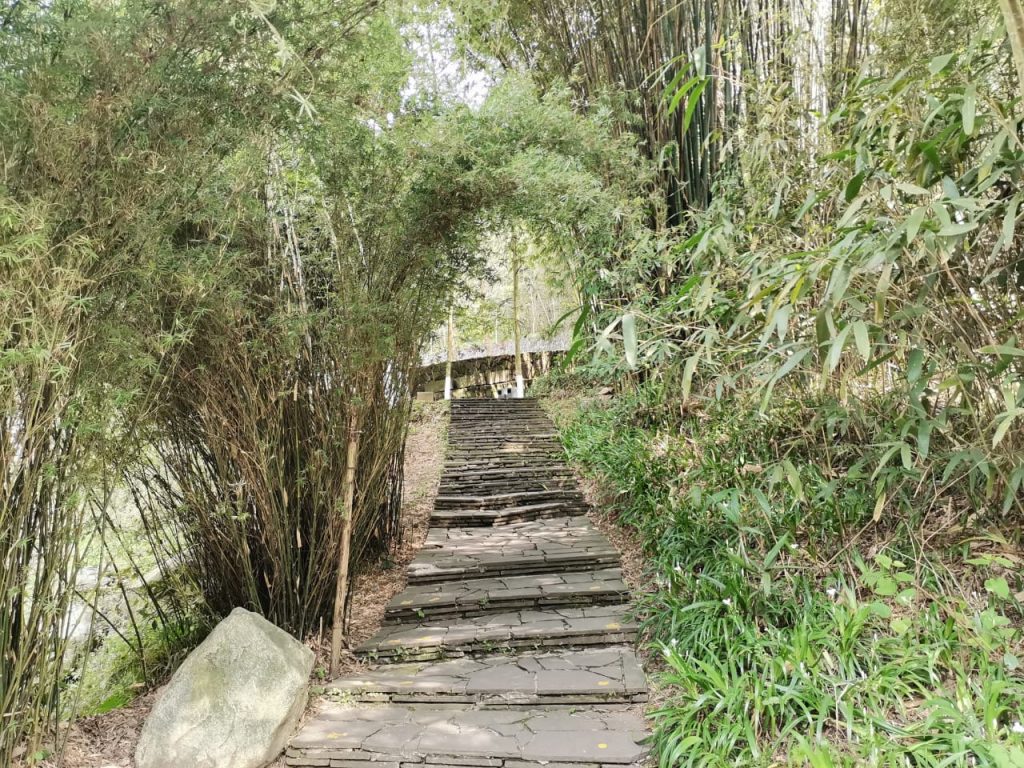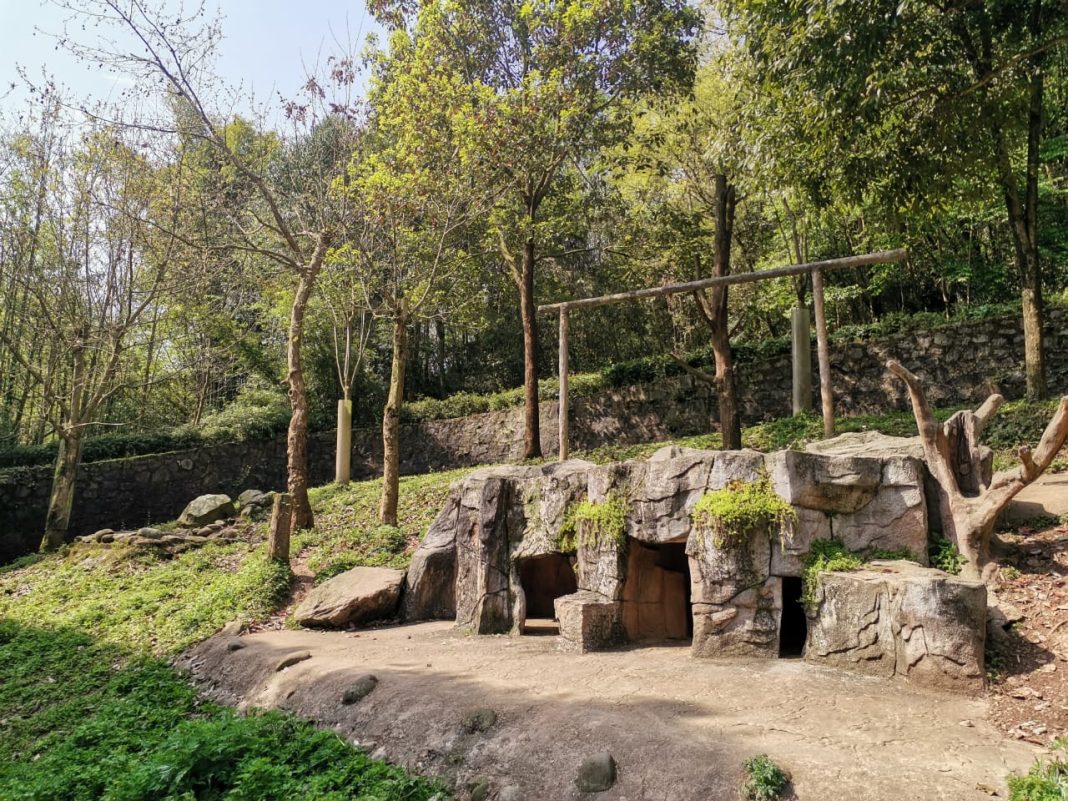By Stephen Asante
GNA Special Correspondent, Beijing, China
Beijing(China), April 19, GNA – China stands out among the comity of nations in respect of UNESCO World Heritage Sites.
It is the cradle of ancient civilisation as some of its age-long sites, especially the country’s geoparks, play a critical role in giving an in-depth knowledge of the evolution of geological and human development through research and scientific studies.
In addition to its numerous cultural, natural and mixed sites inscribed on the World Heritage List, China has more than 15 Creative Cities, with some 34 Biosphere Reserves as of 2022, as well as 49 UNESCO-recognised geoparks – more than any other country in the world.
This has inspired the authorities to embark on various sustainable actions to protect the country’s heritage, cultural and ecological diversity, supporting the broad mandate of the United Nations Educational, Scientific and Cultural Organisation.
“The policies created to preserve and protect China’s cultural and natural heritage, collaborative research, and awareness raising to safeguard this ancient civilisation in its diverse environments, represent a repository of knowledge and educational studies for generations to come,” Professor He Keyong, a Humanities and Social Sciences expert, tells the Ghana News Agency (GNA).
Geoparks serve as important sites for both environmental conservation and community development, he notes.
It is worth noting that, at the recent 221st session of its Executive Board in Paris, France, UNESCO added two new geoparks in China on its list – the Kanbula National Geopark in northwest China’s Qinghai Province, and Yunyang Geopark, situated in the heart of the Three Gorges Reservoir region of the Yangtze River in the south of Yunyang County, Chongqing.
“While the geoparks work to preserve geological heritage, they also play a vital role in protecting local communities from river-related risks, coordinating warning systems and forecasts, and raising awareness on how to respond to flood and landslides,” says the UN scientific and educational body in respect of the relevance of those discoveries.
On the Yunyang Geopark, scientists note that the park is renowned for the world’s largest Jurassic fossil and Jurassic single-body dinosaur fossil walls at a length of 18.2 kilometers and dramatic karst landforms.
“The fossils found here are of global scientific importance, as they help fill a significant knowledge gap in the evolution of dinosaurs during the middle Jurassic period, especially its early part,” a statement issued by the China National Forestry and Grassland Administration explains.
The statement adds that the Kanbula Geopark, covering 3,149.34 square kilometers in the Huangnan Tibetan Autonomous Prefecture, and situated on the northeastern edge of the Qinghai-Tibet Plateau, reflects the uplift of the Plateau, and shifts in climate and environment.
The park showcases dynamic geological processes dating back to the Tertiary period, including surface and subsurface activity in the transition zone between China’s first and second-level landforms.
Significantly, sustainable development has always been a hotspot in the Asian giant’s geographical research work, and anchored by the Chinese Academy of Sciences.
A survey by the UNESCO Secretariat in 2024 indicated that many geoparks face significant challenges in engaging local populations, conducting specialised research, and addressing the impacts of climate change on ecosystems and heritage sites.
Consequently, China is leaving no stone unturned as it steps up efforts to strengthen research studies, climate resilience and community engagement to preserve its iconic geoparks.
The country is working assiduously under the two pillars of the UNESCO International Geoscience and Geoparks Programme, as well as International Geoscience Programme to maximise the impact of its research studies.
The primary objective is to promote local sustainable development based on three key strategies – geotourism, geoconservation, and education.

One notable project being undertaken by the authorities is to safeguard the Shilin Stone Forest in Yunnan, a geological wonder formed in ancient times.
Once covered by an ancient sea, it is now home to stunning karst pillars, which have earned the site a global recognition as a UNESCO Global Geopark and UNESCO World Heritage site.
Under the auspices of the “Conservation and Management of World Heritage Sites in China” project, being implemented by UNESCO in collaboration with the China Youth Development Foundation and the Mercedes-Benz Star Fund, the authorities are working to protect the region’s unique landscapes and cultural heritage.
The agenda is to promote positive change by empowering local communities and fostering sustainable development.
Ang Zhaoqiong, the head of an ethnic clothing company, tells the media that the UNESCO Shilin Pilot Project has allowed her to transform her small-scale operation, primarily selling lace, embroidered patches, and clothing accessories, into a company with a registered trademark and thriving e-commerce activity.
Her production has more than tripled in six years, enabling her to dedicate herself to designing top-of-the-range ethnic clothing as she revives indigenous culture.
Additionally, the project is supporting local economic development by structuring the Yi (Sani) embroidery craft through standards, as well as atlas listing more than 200 traditional patterns.
This has led to a protected geographical indication for Sani embroidery and the training of many craftspeople.
Moreover, significant advances have been made in the preservation and management of the Stone Forest, including a Geographic Information System, and a comprehensive database to improve site monitoring and tourism management.
Initiatives such as the modernisation of information panels, including the Word Heritage emblem by UNESCO, and guide training have also helped to improve visitor experience, balancing tourism development with the well-being of local communities.
GNA
SOF
